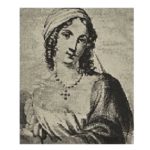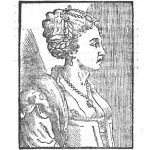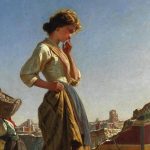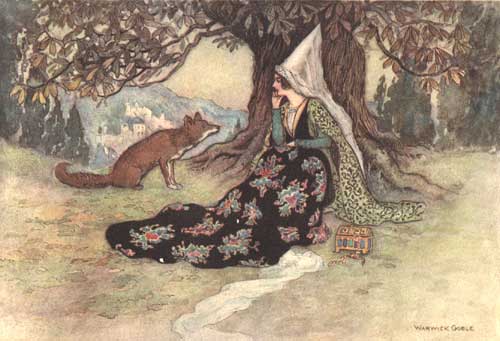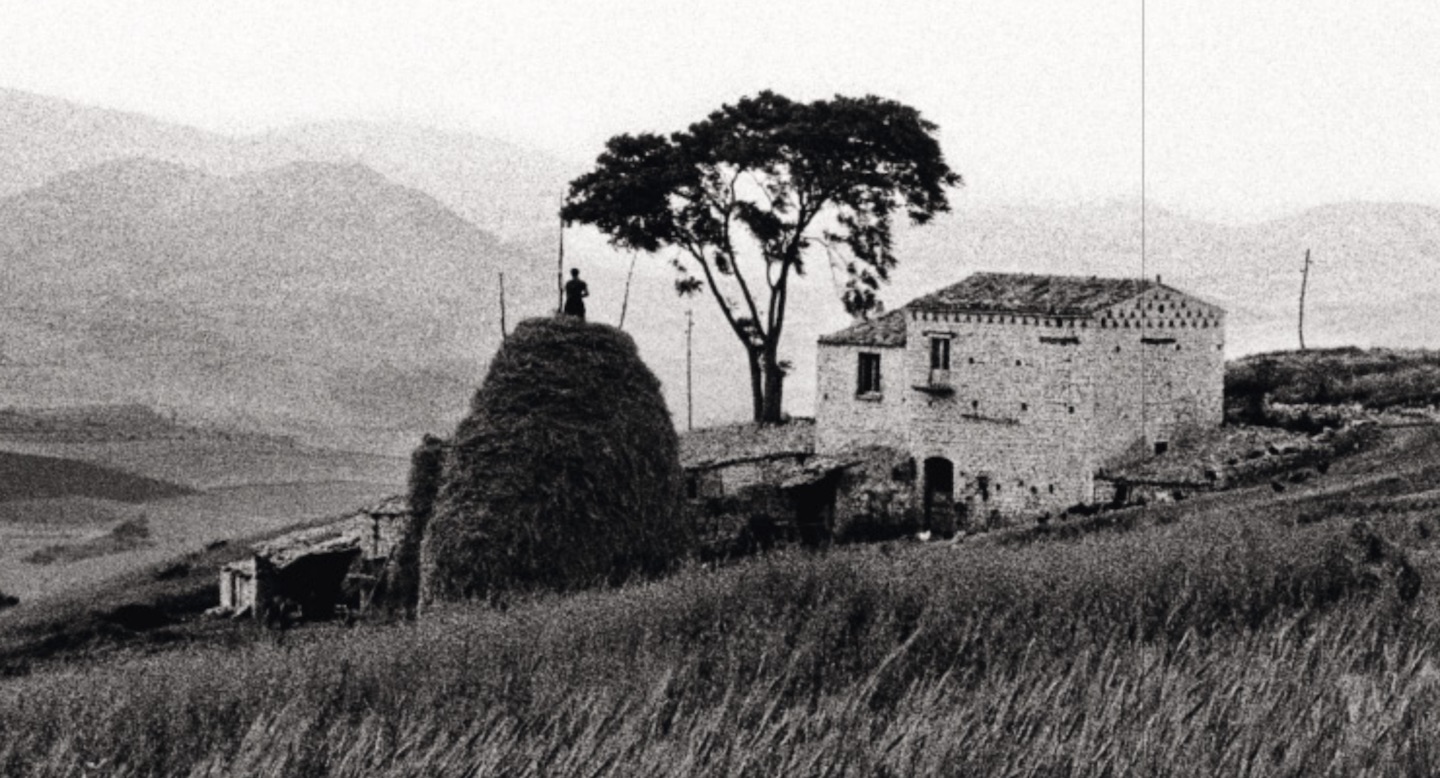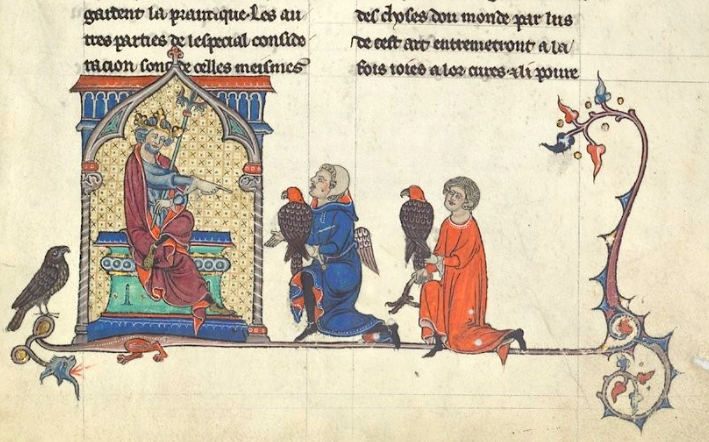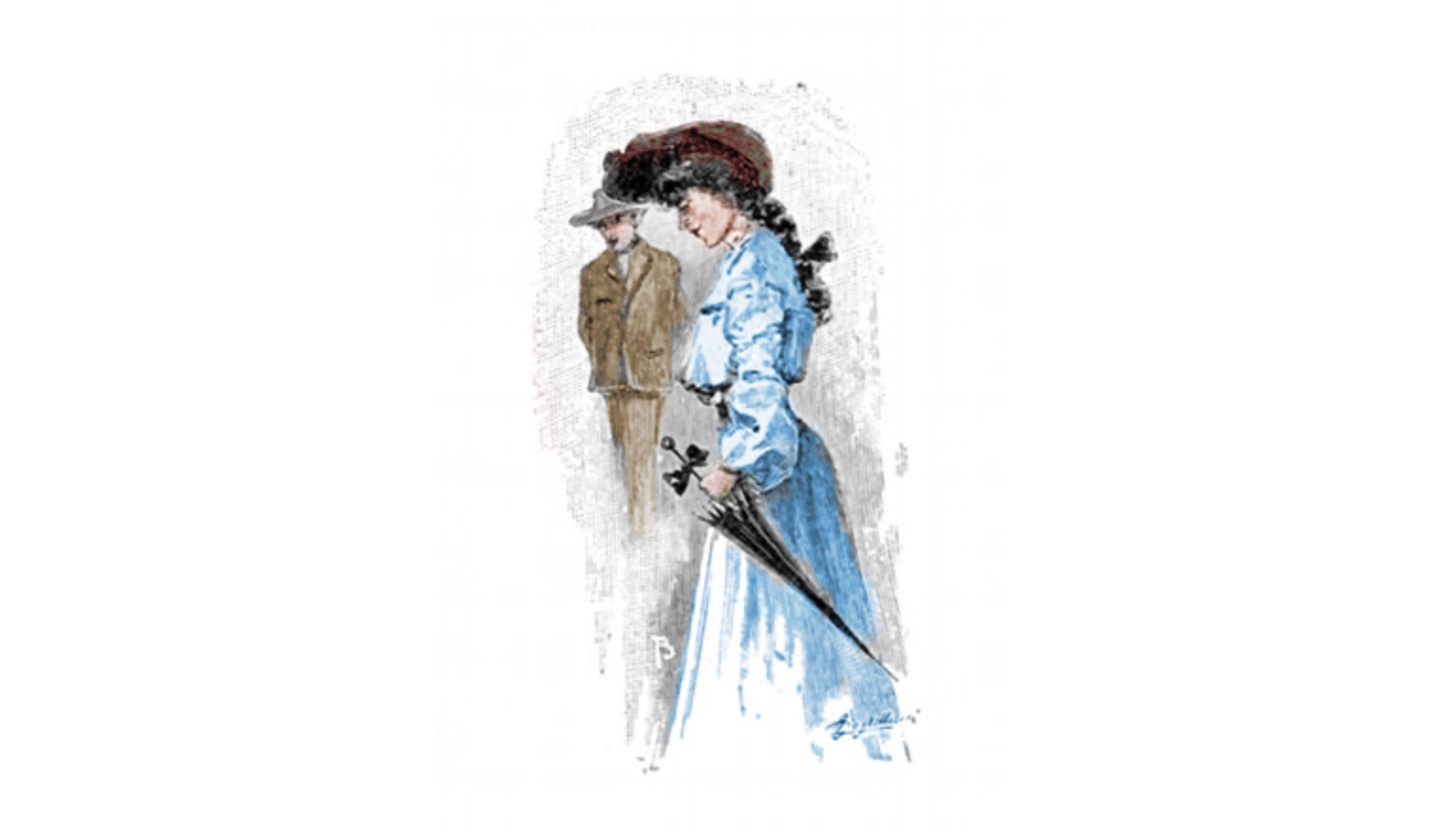
Matilde Serao and the Life of Cristina
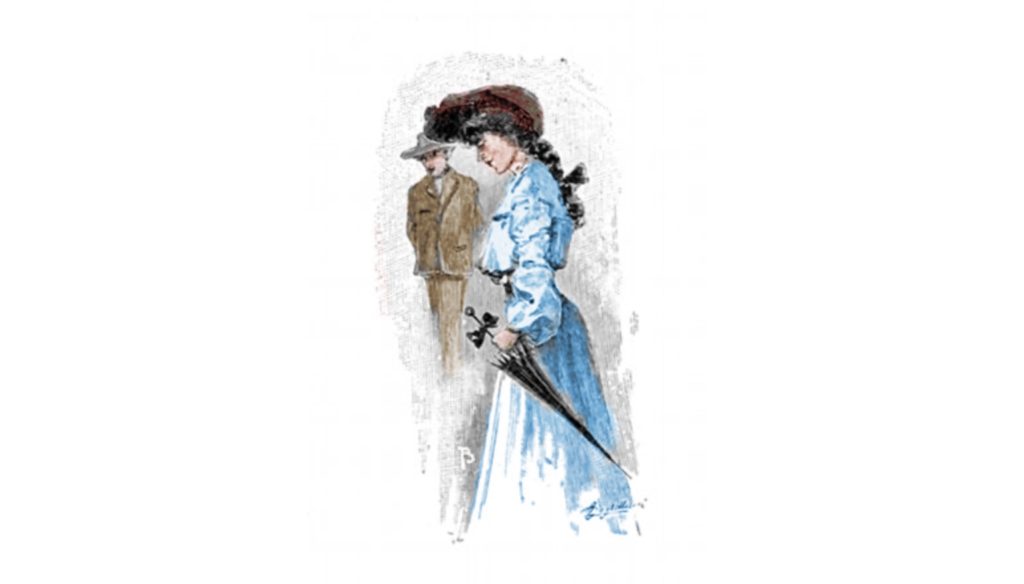
Matilde Serao was unusual. In 19th century Naples, she was a successful journalist, writer and newspaper proprietor. Her fiction was widely published and quite a few of her works were translated into English in her own lifetime. Cristina is the main character of Matilde Serao’s short story of the same name. But Cristina lives in another world. The story’s opening words begin to sketch its nature.
While Cristina leant over to gather a fragrant clump of basil with which to flavour her tomato sauce boiling in the kitchen, she heard a brief and sweet whistle.
Mentre Cristina si chinava a cogliere un ramoscello di basilico odoroso, da mettere come aroma nella salsa di pomodoro che bolliva in cucina, udì un sibilo breve e dolce.
Matilda Serao, Cristina
Cristina
The sound she hears crosses a boundary between Cristina’s world and the world beyond. At first, Cristina is uncertain where the sound comes from, but she then realises it is Peppino Fiorillo, a boy younger than herself. He is calling to her! The eighteen year old Cristina turns away with disdain, and pays him no more mind.
Yet Peppino Fiorillo’s infatuation is not so easily dismissed, much to Cristina’s annoyance. Her friend Irene teases her, “See how he looks at you, don’t you have any pity?”
“What pity!” [Cristina replies.] “Just my luck, having someone like him on my heels. … It’ll be the talk of the town tomorrow.”
Ma che pietà! Mi secca, tutti lo vedono, domani saremo la favola del paese. Bel guadagno ad avere una persona come lui alle costole!
Matilda Serao, Cristina
Cristina was right.
The next day the legend of Peppino Fiorillo’s unrequited love for Cristina Demartino was circulating through the entirety of Santa Maria. It was discussed in the gentleman’s club and in the pharmacy of Don Pietro Roccatagliata, in the courthouse and at the print shop of Corriere Campano. Our hero wandered the streets, with his afflicted air of a man tired of life, chewing his cigarette, responding curtly to friends he met.
L’indomani la leggenda della passione non corrisposta di Peppino Fiorillo per Cristina Demartino circolava per tutta Santa Maria. Se ne parlò al casino di conversazione e nella farmacia di don Pietro Roccatagliata, al tribunale e nella tipografia del Corriere Campano. L’eroe girava per le strade, con la sua aria stracca di un uomo tediato di vivere, masticando la sigaretta, rispondendo seccamente agli amici che incontrava.
Matilda Serao, Cristina
Soon Peppino Fiorillo’s daily letters began to flow affirming his everlasting admiration. Cristina read them and then put them aside, but she never replied. After confession one day, when Father Raffaele took her to task, she burned them. Her friends were of divided opinion. The romantics said she should comfort poor Peppino, who was pining away for her. Her other friends, the even tempered ones like her, though the minority, said he was mentally ill.
As Cristina’s story unfolds, the world beyond is indistinct: a place beyond her circle. Her world is the domestic sphere, punctuated by weekly mass and visits to relatives. Her older brother has married well in Pietramelara and her younger brother is soon to enter the military college in Naples. Cholera breaks out but, together with Peppino Fiorillo, Cristina locks it out of her world. King Ferdinand II has passed away some years before, and we realise that Cristina is living in the new born country of Italy. Yet such events have little bearing on the flow and circumstances of her life.
Cristina’s story evokes an ancient masterpiece of Italian literature. Yet it presents a subtle inversion. Dante’s Beatrice is casually alluded to in Cristina’s story, yet unlike Vita Nuova where Beatrice only appears in the distance and we do not hear her voice or opinion, it is the lover who is at a distance in Matilda Serao’s work.
If Beatrice’s perspective on Dante’s mooning after her had been written down and survived the centuries, might it have read a little like Cristina? Our attention is drawn to the parallel’s without comment. Peppino Fiorillo even tries his hand at poetry, confessing his love for Cristina in a sonnet he writes and has published in the literary journal L’Alcione. Yet Cristina is adamant and the country bumpkin is no Dante.
Cristina’s relationship with the world around her is further revealed in a conversation her father opens one night with her. Does she know “Giovanni Sticco”. Yes, she remembers him. “What do you think of him, Cristina?” She does not know. “He is a fine young man,” says her father. Giovanni wants to marry her, and her father has said yes. He asks her what she thinks of what he has done. She concurs that it is a good idea. “They said nothing more to each other, and the marriage was like a thing already done”.
As Cristina begins to welcome her new future getting to know Giovanni better, Peppino Fiorillo re-enters her life. He will still not take no for an answer …
Matilde Serao
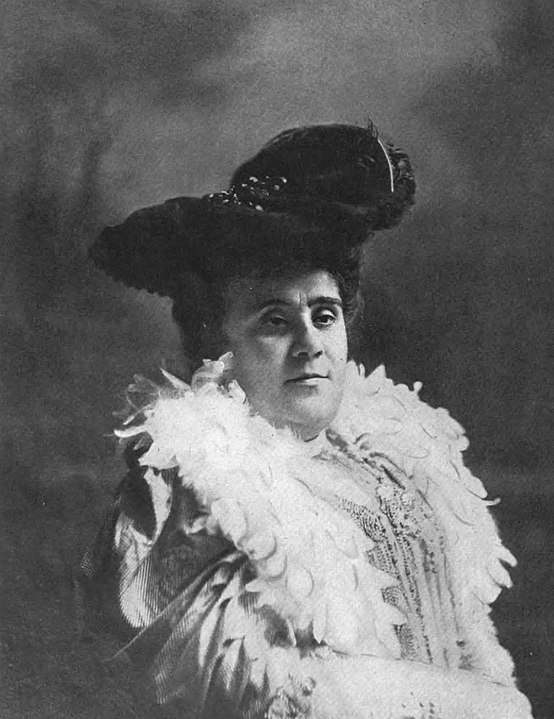
Matilde Serao could not be more unlike Cristina. She was not a woman to be confined to the hidden domestic sphere: the world of most women of her times and circumstance. Matilde was born in 1856 in Greece to a Greek mother and a father from Naples: an anti-Bourbon exile. Her family was wealthy (few writers could have been otherwise in her time). She was three when their family returned to Naples. As she grew to adulthood she trained as a teacher and her early fiction drew from her life experiences working in a telegraph office and girl’s school.
She became a very successful writer, and is one of the few female writer of the southern Italy in the nineteenth century. Her works included Il Paese di Cuccagna (The Land of Cockayne) about the societal effects of lotto, La Mana Tagliato (The Severed Hand), a gothic novel, and Mors Tua, (the Harvest) – an antiwar novel published during the Fascist era. This last work lost her the Nobel Prize in literature, as her nomination was opposed by the regime. In addition, together with her husband Edoardo Scarfoglio she established one of the most widely published news daily’s of the era: Il Mattino. Later she set up her own newspaper.
Despite in 1925 signing the Manifesto of Anti-Fascist Intellectuals, her journalism is regarded and conservative and traditionalist. As a journalist, she for instance advises women to stay home. Yet her fiction is something else. Whether she is feminist or a female misogynist is a debated point, yet her literature is primarily about the lives of women. She wrote more than 60 books (including 40 works of fiction) and women are at the centre of her writing and we see the world from their point of view. Her writings include works from a realistic perspective, following and contributing to the direction set by the Verismo school that was influential in late nineteenth century Italy. Apart from anything else her fiction leaves impressions of the experience of women of her time and place.
Despite her conservative views, including the dissolubility of marriage, after having four children with her husband, they separated and she later had a child with Naples lawyer with whom she formed a relationship later in life. Her life and works are full of ambiguity and she defies simple classification.
Matilde Serao died in 1927. In the 1940s her work began to be rediscovered and new film adaptations of her novels were produced.
Where to read Cristina
Cristina in the Italian original is available freely at Liberliber.it, together with an accompanying audiobook, also narrated in Italian.
While Cristina is not available in English other works by Matilda Serao are (including as free e-books):
Sources
- Matilda Serao, Cristina
- Dario Riva, BRILLANTI CONVERSAZIONI E SPLENDIDI INTRATTENIMENTI – IL CASO STORICAMENTE PARTICOLARE IN LOMBARDIA DELLA SOCIETÀ DEL CASINO DI INZAGO NELLA PRIMA METÀ DEL XIX SECOLO
- Ursula F. Fanning, Matilda Serao, in Rinaldina Russell (ed), Italian Women Writers, pp 386-394
- Nancy Harrowitz, Double Marginality: Matilde Serao and the Politics of Ambiguity, in Maria Ornella Marotti, Italian Women Writers from the Renaissance to the Present

